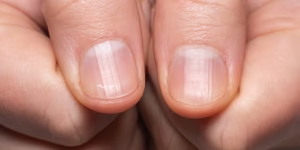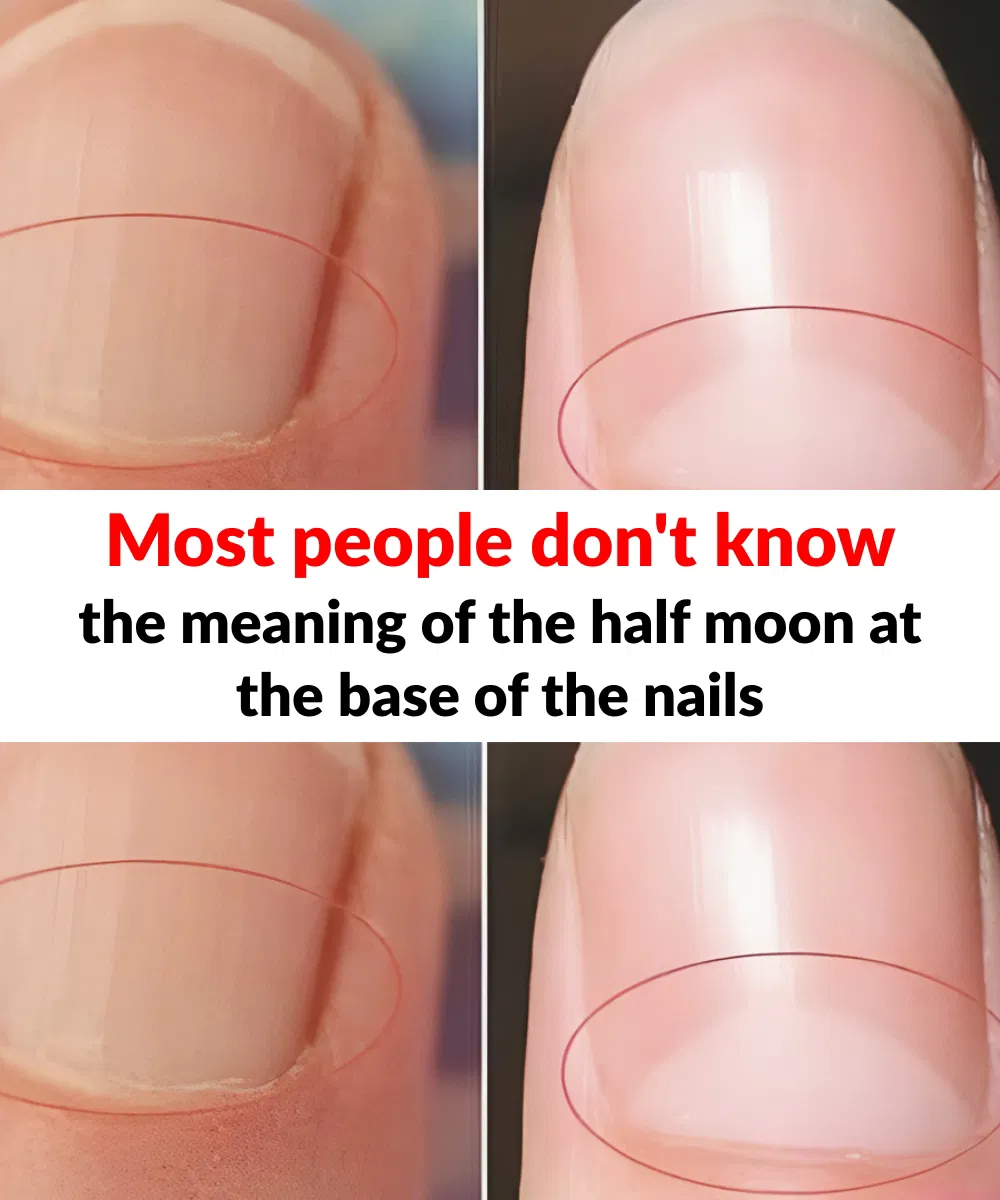A blotchy or highly red lunula, in particular, requires an examination with a dermatologist, even if simply to rule out infection or vascular diseases. It’s vital to note that lunulas evolve slowly. Changes rarely occur overnight, therefore it is better to observe their appearance over a few weeks, in natural light and in silence.
Diet, stress, hormones: What Your Lifestyle Reveals
Our nails also reflect our lifestyle. A consistent, well-defined lunula is frequently indicative of a good diet, which includes adequate protein, iron, zinc, and B vitamins. Conversely, highly restrictive diets, prolonged fasting, or unsupported vegetarianism might cause the lunula to gradually disappear.
Chronic stress, on the other hand, decreases nail growth and can alter the look of the lunula. The same is true during periods of hormonal instability, such as postpartum, menopause, or intensive therapies like chemotherapy, in which nails become more frail, occasionally ridged, and the lunula becomes more discrete.
When should you consult without delay?

If the lunula suddenly changes color, vanishes altogether, or becomes abnormally deformed—especially if accompanied by symptoms such as acute weariness, brittle nails, pale skin, or difficulty breathing—consult a doctor. The doctor may recommend a simple blood test to assess the condition.
People with endocrine diseases, heart difficulties, or diabetes are also highly interested in including nail monitoring into their routine monitoring.
Finally, if there is any uncertainty, dermatologists and podiatrists are well-versed in conducting a comprehensive, preventive, and non-alarmist nail examination.

